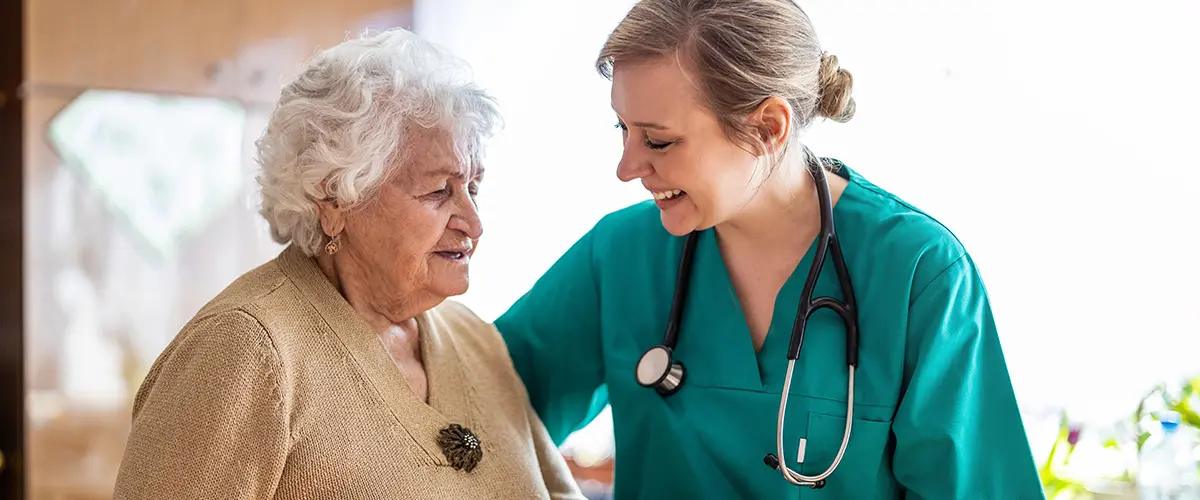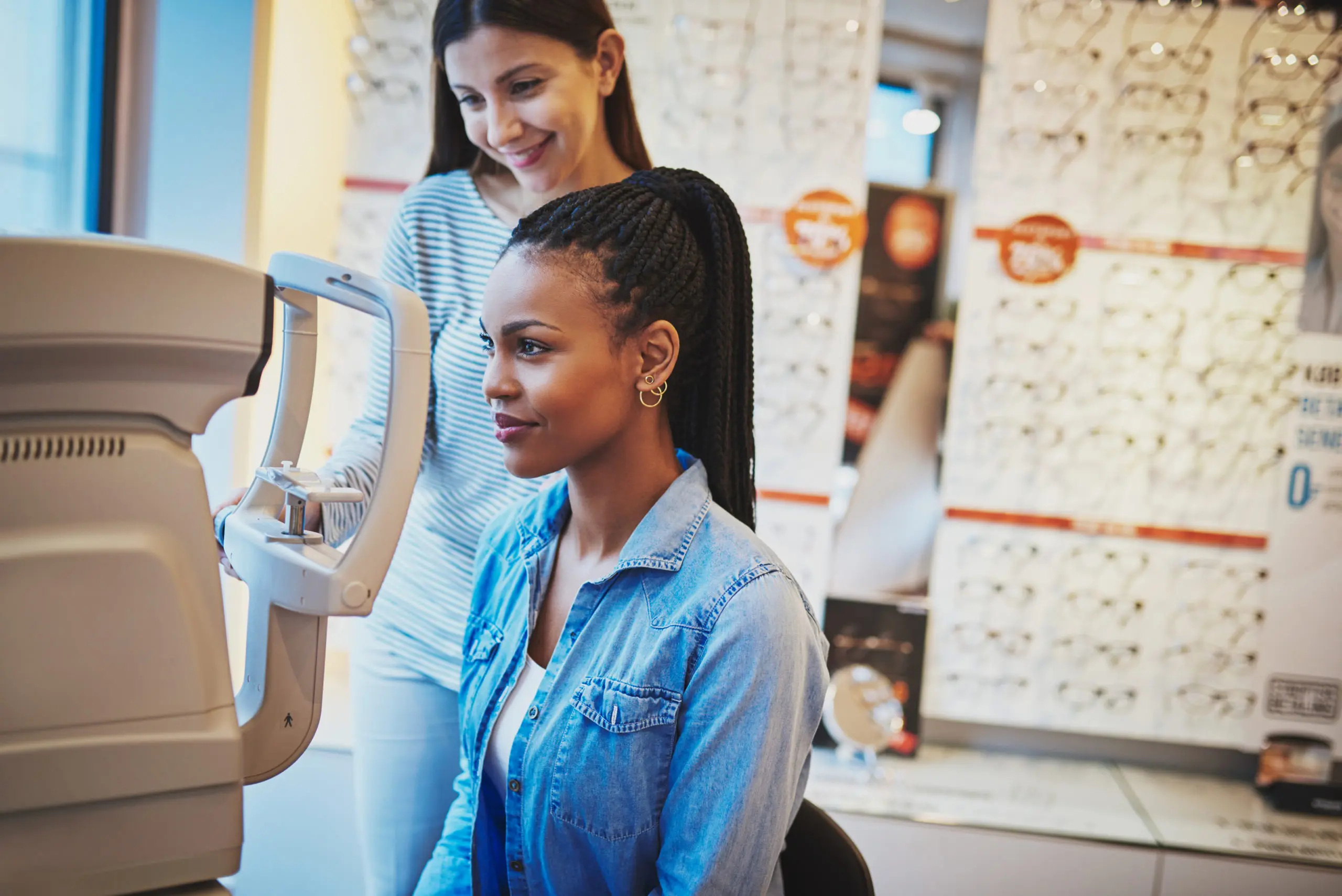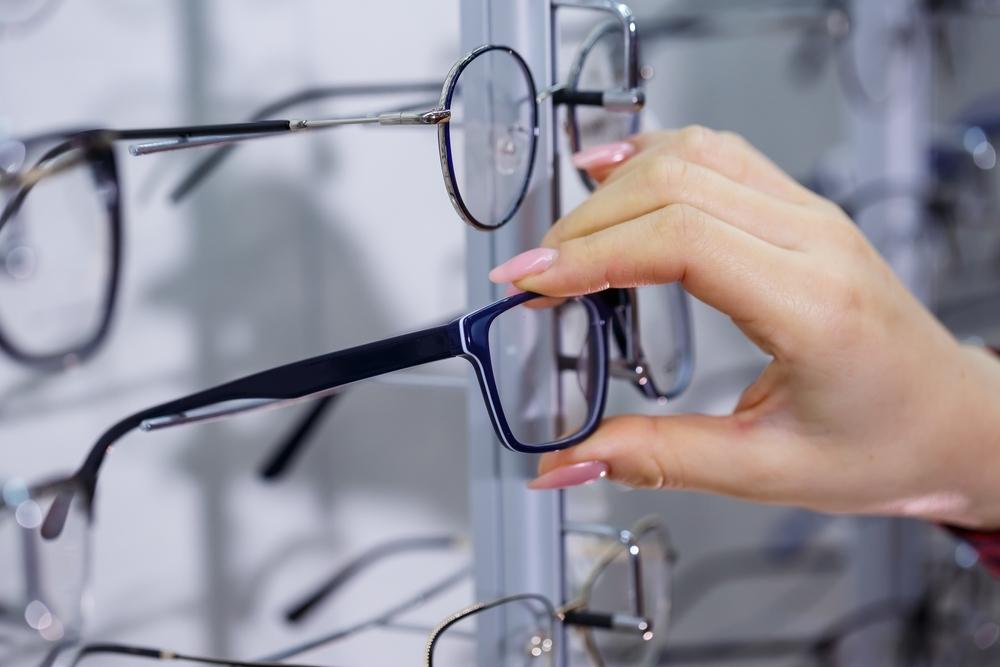

NRS Healthcare
NRS Healthcare are going beyond compliance and delivering a commitment to first-class health and safety with SafetyCulture.
How the eye care business improved visibility and standardized processes across hundreds of stores – and how they went even further to keep customers and staff safe during a crisis.
Operating 430 retail stores across Australia and New Zealand
Increased visibility across store performance, with daily and weekly checks

As one of the world’s largest eyewear businesses, Luxottica operates across more than 430 retail stores in Australia and New Zealand. Through stores like OPSM and Laubman & Pank, customers can get premium optical care, plus guidance from eyewear stylists.
But with widely dispersed stores, it was difficult to ensure processes were consistent across the entire group. Luxottica turned to the SafetyCulture platform for a centralized solution and, only one year later, it became a crucial tool for keeping customers and staff safe during one of the worst public health crises on record.
Accelerated by the urgency of the COVID-19 pandemic, Luxottica has now adopted SafetyCulture as an in-store solution that provides greater visibility, cuts down on time-consuming labor, and helps build foundations for even deeper data insights.
Before SafetyCulture, the business relied on monthly visits from regional managers to check performance and procedures in individual retail stores. These visits often used loose templates or action plans, with documentation or store notes stashed across regional managers’ devices.

“Our challenge was two-fold. First, we had very little consistency in the way store visits were executed and what was covered. Secondly, we didn’t have a central and digital view of previous store visits or track a store’s progress.”
Luxottica has now standardized the visits from field management and office support staff and established a single view of a store’s performance through three core templates – a store visit checklist, an abbreviated checklist for quick visits, and an optometry-specific template.
Carl says the app’s success meant they already had plans for rolling out SafetyCulture to other parts of the business. Then, COVID-19 unfolded.
Once the pandemic hit, the business needed to keep stores running but implement additional safety and hygiene measures. And they needed to do it fast.
“We created new checklists specifically for COVID-19, one daily and one weekly. Each store has a safety champion for the day, observing and making sure standards are being executed daily.”
These templates help ensure staff adhere to added health and hygiene measures, like mask-wearing, social distancing signage, and stricter cleaning processes for frequent-contact surfaces. The daily checklist ensures a standard level of rigor each day, while the weekly checklist helps track the store’s stock levels for PPE and visual merchandising is correctly displayed.
Like their store visit templates, the new checklists are helping enforce consistent standards across hundreds of stores. The process has garnered positive feedback from three key groups, including customers.
“Customers respond well because people who had a need could actually get to a store while still feeling like they had a safe experience,” says Carl. “Meanwhile, regional managers love that they’re getting daily information with just one click.”

“Instead of always relying on a regional manager to be physically there, we can have the whole network completing a checklist in one day and be able to assess the results centrally,”
A third group has also responded well to SafetyCulture – store managers.
“Normally, they just saw the output of regional managers’ visits. This was the first time getting store staff on SafetyCulture to feed in information,” says Carl. “We always had intentions of going there, we just hadn’t figured out how to make it work. COVID-19 forced a quicker shift and we’ve seen really good adoption.”
This also reduced the need for in-person visits, a big benefit to regional managers grappling with COVID-19 travel restrictions or managing stores in remote areas. Now, checks that used to take three to four hours are shorter and responsibility is shared between the store manager and regional manager.
The necessarily quick adoption of SafetyCulture is contributing to further digitization and data-sharing.
“We’re looking at more support office functions using the platform, getting visual merchandising and other departments onto the app,” explains Carl. “We feel it can be used more widely across the business.”
Carl says they’re also planning to integrate the data from SafetyCulture with other business analytics. “The next step will be taking the data we collect from those audits and connecting it to other data sources, like our mystery shop. It’ll be important for understanding trends and getting a more holistic understanding of store performance and process execution.”
Explore more stories, expert guides, and thought leadership from SafetyCulture